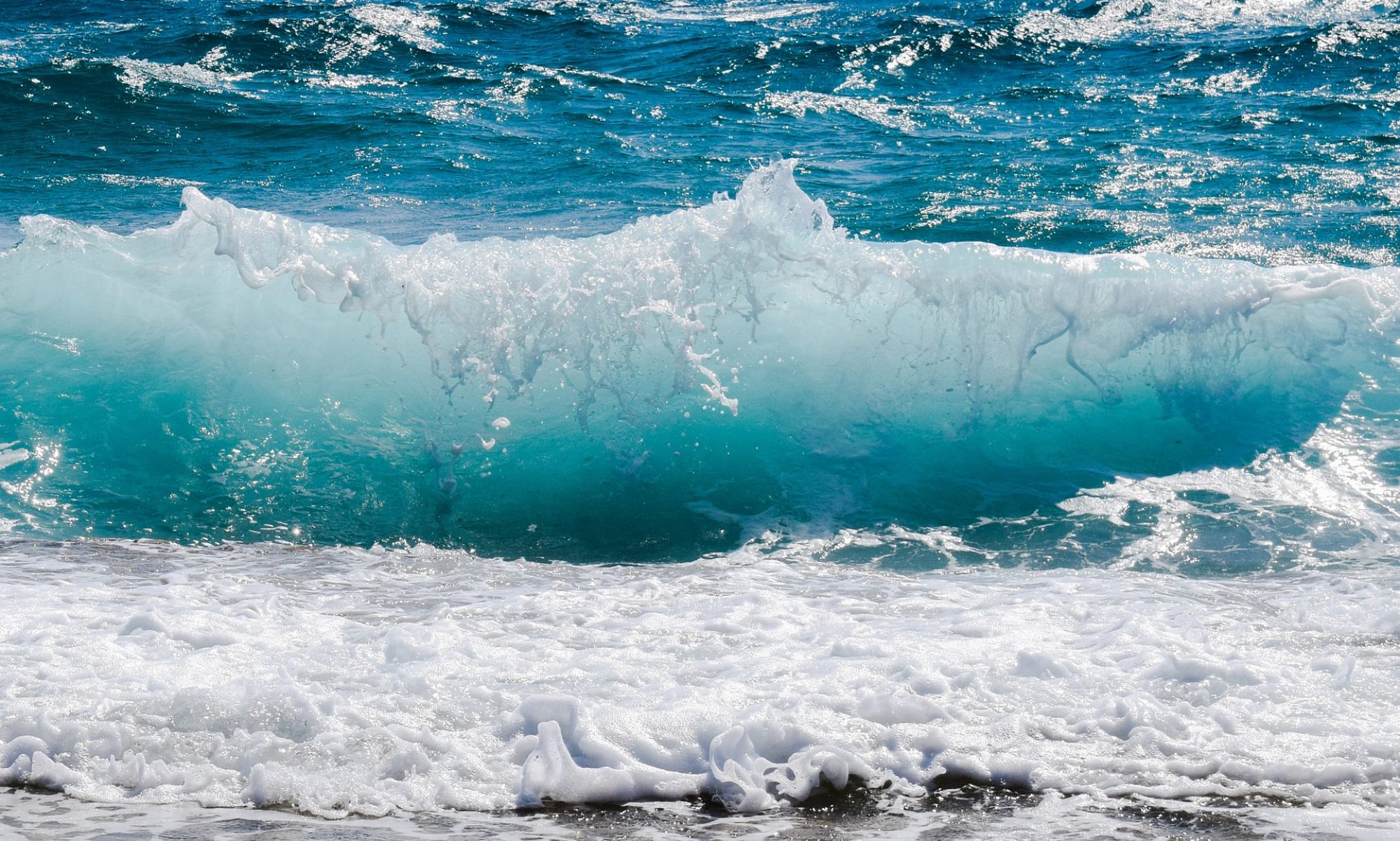Microplastics, imperceptible threat
Microplastics are plastics whose size ranges from 3 to 5 nanometers. To keep in mind, 1 nanometer is one millionth of a millimeter. These are products of the erosion and degradation of plastic and can end up in the seas and even in the air we breathe. If we breathe it, it will end up in our lungs, and if it ends up in the sea it will most probably end up in a fish that will then be eaten by someone. In addition, some microplastic particles are so small that they can even pass through the pores of our skin.
Microplastics are a global problem that is increasing with the production of plastic.
Proposed solution
After researching, we concluded that the most direct and easiest way to reduce the amount of microplastics is to simply reduce the amount of plastics. Plastics are generated by man, so it falls on our hands to reduce their quantity.
The best way to reduce the amount of plastic is through responsible consumption and avoiding the use of plastic, however this is not always possible, so another option is to recycle. However, this can be a tricky process as people sometimes get confused as to which bin the items they want to throw belong to. This is why we ideated a smart bin, which we integrated with a strong artificial intelligence which was trained to distinguish between different types of waste. Through this, the sensor can predict what type of waste was thrown away.
Also, once the plastics are taken to the recycling center, not all the plastic is recycled. That is why we put those leftover plastics in a in a container, near the recycling plants, with silkworms and zophobas morio. This are worms that can break down polyethylene and polystyrene, which are two of the most widely used plastics in the industry.
It should be clarified that after finishing the project, we found out that it already existed. However, ours is different from the other one in that it only allows one residue at a time while ours allows many. The other smart bin is called bin-e.
Conclusion
We really think that it is necessary to reduce the amount of plastics in the world to make sure that microplastics never become a real problem. The reduction of plastics guarantees our future and will be a great step to continue advancing in the future.
